I remember reading an article in the Financial Times a few years ago, that challenged companies to search for a new style of marketer.
Now you might be forgiven for thinking that they were speaking about the current need for marketers to be both creative and tech-savvy. But they weren’t. They were referring to the growing demand for marketers who could take successful local brands to global fortune.
After all, thanks to the internet, we live in a global market and the recent pandemic has highlighted this more than ever before, with online shopping booming. The marketer who understands when local specificities make sense and when they don’t, is the one who will succeed in today’s global economy.
In this networked world, more and more successful local brands are attempting global roll-outs. What does it take to repeat the success you’ve had at market level when you launch globally? Here are my five rules to fortune:
1. Understand the Market and How It’s Changing
This is the basis of any new product launch and applies just as well to global rollouts as it does to local brand developments. Today’s customers are demanding, so find out as much as possible about them. Understand their rational needs but also their emotional desires, even if they don’t openly articulate them.
For global rollouts, additional information is required, including a comparison of the similarities and differences between the customers in the local and future markets. This is where trend following is of particular use, even if you haven’t (yet?) developed plausible future scenarios, as I recommend here.
Let’s look at some of the latest trends which are growing across regions today.
- Conscious consumerism: Consumers have become much more thoughtful about what and where they purchase. They support companies that demonstrate the same values that they have and brands are tapping into this trend with campaigns showing their position on various topics. Check out these examples of latest campaigns:
- I want it now! Consumers and shoppers want information – and their purchases too! – where and when they need it. This has been the case for years. But now they expect to get near-instantaneous answers to all their questions, sometimes using visual search to identify and buy whatever they see, wherever they see it. Ikea’s Place App offers shoppers the possibility to snap an article they like and then see it in their home environment. Ikea also offers a visual search function for shoppers to identify an item seen in a magazine or real life, and then find similar ones. Dulux’s Paint Colour Visualizer offers shoppers a similar service; you can try out paint colours virtually in your home to see how it will look with your furnishings before you purchase it.
- Personalised Experiences. Despite the desire for data privacy control, consumers are ready to provide their information in exchange for a better, highly personalised experience. ZozoSuit is one example



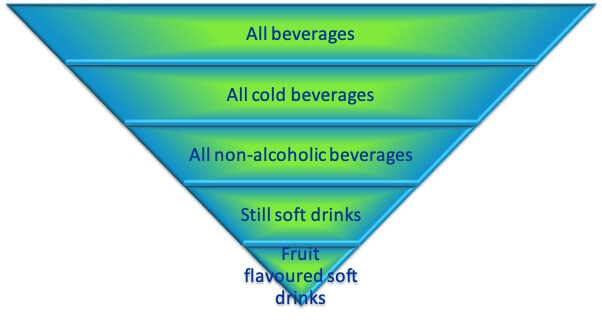


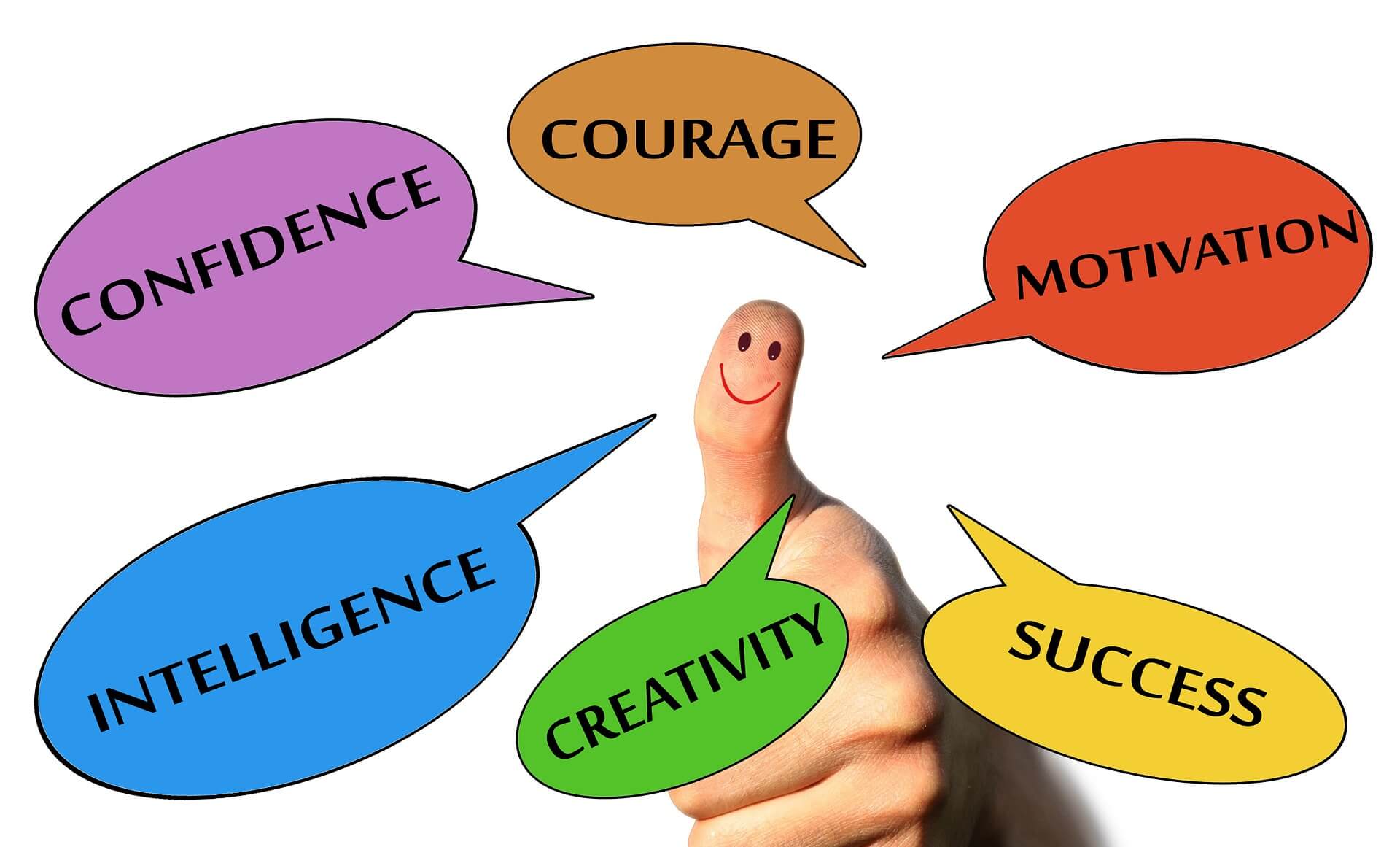

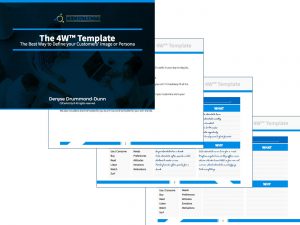 Is it as complete as it should be? If not, then regular readers will know about and probably use the C3Centricity 4W™ template for storing all this information. You can download it and get the accompanying workbook for free
Is it as complete as it should be? If not, then regular readers will know about and probably use the C3Centricity 4W™ template for storing all this information. You can download it and get the accompanying workbook for free 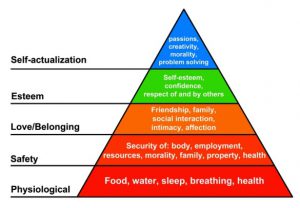 Do you know what needs your customer has and which of them you are tapping into?
Do you know what needs your customer has and which of them you are tapping into?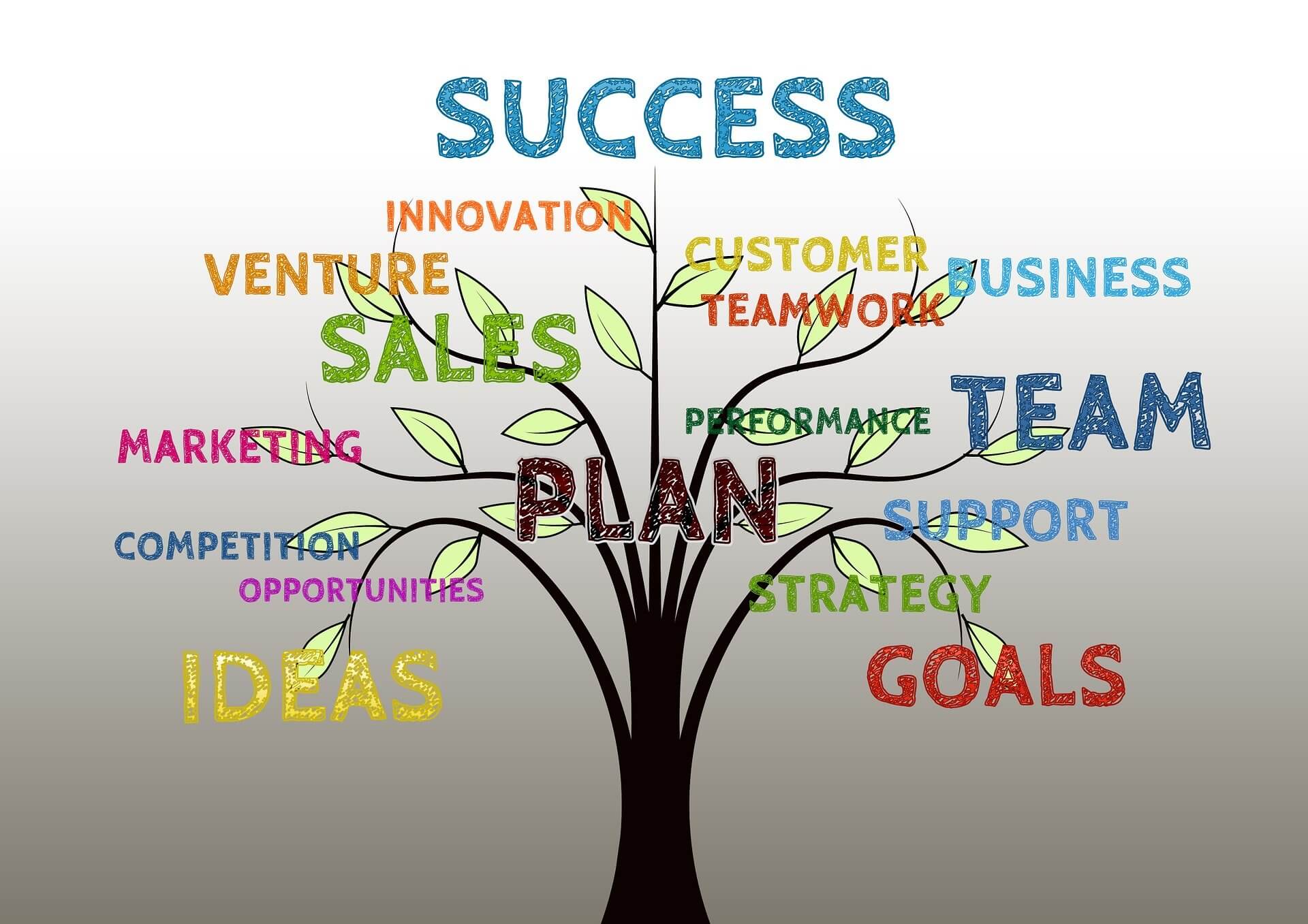
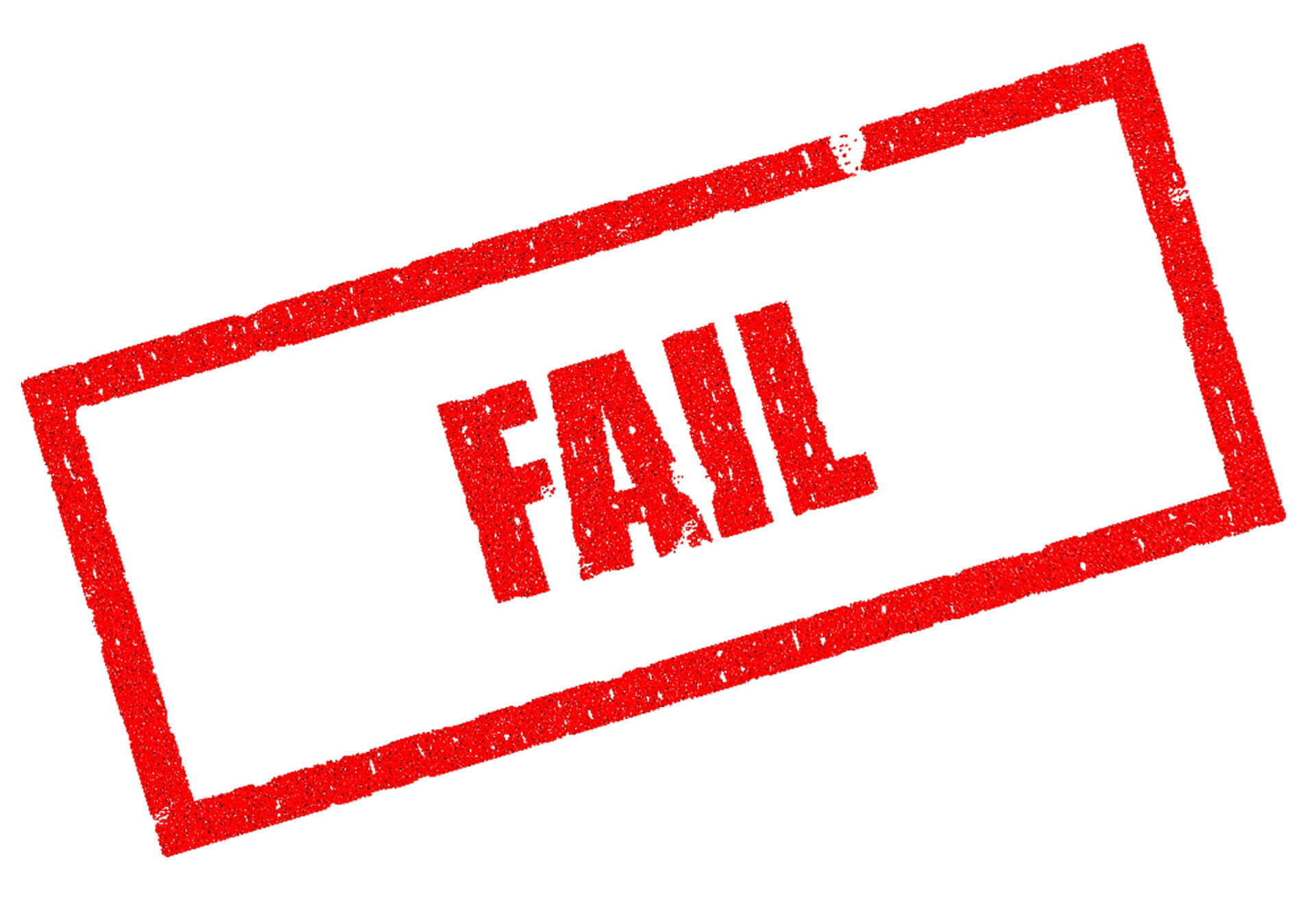 For this first summary of a post, I’d like to share not a list of solutions but a selection of inspiring quotes on reacting to failure. I think it sets the stage beautifully for the three other summaries to come.
For this first summary of a post, I’d like to share not a list of solutions but a selection of inspiring quotes on reacting to failure. I think it sets the stage beautifully for the three other summaries to come.



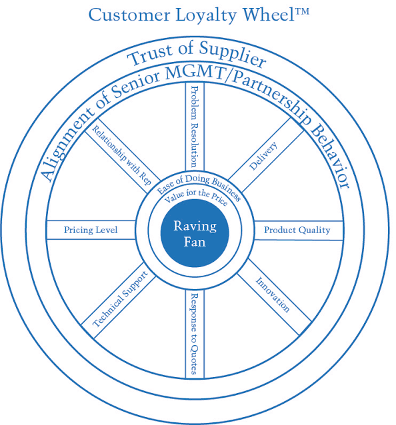 It all begins with the trust and alignment and ends in creating Raving Fans.
It all begins with the trust and alignment and ends in creating Raving Fans.











